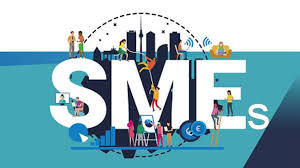Morocco’s Ministry of Higher Education, and OCP Group, a state-owned enterprise, launched a major program to support research, development, and innovation (PNARDI).
The program was announced at the Mohammed VI Polytechnic University (UM6P) in Benguerir on April 7.
The partnership, backed by a MAD 1 billion budget, aims to place scientific research and innovation at the heart of Morocco’s development strategy, strengthening the country’s global competitiveness.
MAD 1 billion for Moroccan research and innovation
Under the newly launched PNARDI, MAD 1 billion will be invested between 2025 and 2028. The program is co-funded by the Ministry and OCP Group, with 20 percent of the total (MAD 200 million) dedicated to bringing Moroccan experts abroad into the national innovation ecosystem.
This partnership includes the OCP Foundation, the National Center for Scientific and Technical Research (CNRST), and UM6P, which will provide world-class labs and research facilities to accelerate impact.
PNARDI targets strategic sectors and young talent
PNARDI is designed to boost Morocco’s standing in global science by focusing on key areas like water, phosphate extraction and processing, renewable energy, food security, health, and even the humanities and social sciences. The initiative aligns with Morocco’s vision of leveraging science for economic sovereignty and sustainable development.
To drive these ambitions, the PNARDI program features three complementary tracks. The Ibn Battouta program supports young researchers and cultivates the next generation of scientific leaders. The Ibn Albanna program focuses on priority innovation themes that align with national strategic goals.
Meanwhile, the Nefzawiya program aims to bridge the gap between research and the economy by turning scientific breakthroughs into real-world applications that generate value and drive growth.
A national effort for global competitiveness
The initiative reflects a growing national commitment to scientific excellence and innovation. With support from leading institutions like UM6P and CNRST, and through shared funding and strategic planning, Morocco is creating a collaborative ecosystem where research fuels development.
This first-of-its-kind national program is more than just a funding scheme—it’s a signal that Morocco is ready to compete globally, drive innovation, and tap into the full potential of its researchers at home and abroad.

